Micro-additions Make Home Upgrades Affordable
Sometimes a small bump-out is all you need to make room for a better kitchen or bathroom.
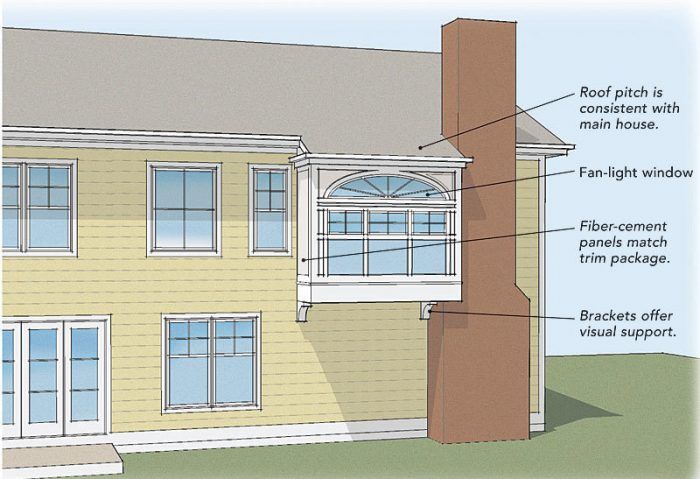
Despite the trials of the housing market over the past several years, the average size of American homes is rising again. It seems that no matter what, many Americans just want bigger homes. This desire isn’t manifested only in newly constructed homes. We architects are being asked to add on to existing homes as well. It’s hard to tell whether people are merely looking for more comfortable and functional spaces or are once again becoming attracted to the McMansion-era scale of living. If you fall into the former category, though, you don’t need a large addition to make your home a better place to live. Often a micro-addition can enhance your home’s plan, with modest impact on your site and budget.
Here, I illustrate examples of how a micro-addition can help to make a small master bath expansive, or to transform a cramped kitchen into a standout space. In these specific design solutions, broadly applicable lessons will help you revise even the most problematic areas of your home.
Master-Bath Expansion
Exterior
A micro-addition intended to expand a master bathroom is typically going to be small. Rather than mimic the home’s palette of materials in the micro-addition, I tend to think of this type of addition as adornment and look to do something special with trim and window details. For example, a large fan-light window above the tub creates a wonderful interior space and suggests to those outside that there’s something special about this part of the house. The addition is finished with fiber-cement panels and trim, instead of siding, to create a visually lighter and less massive architectural element. Such an approach ties the micro-addition to the exterior trim details of the home.
This type of addition can be supported with a cantilever, or it can be suspended by framed outriggers.
Interior
Master bathrooms prior to the 1990s were fairly basic. Typically, the toilet and tub/shower combo sat side by side next to the vanity. In this master-bath remodel, our clients wanted a separate toilet compartment, two sinks, a walk-in shower, and a soaking tub. What was a 50-sq.-ft. to 60-sq.-ft. room needed to be expanded to a minimum of 100 sq. ft. to 120 sq. ft. The micro-addition shown here, much like a large oriel bay window, accommodates these modern demands.
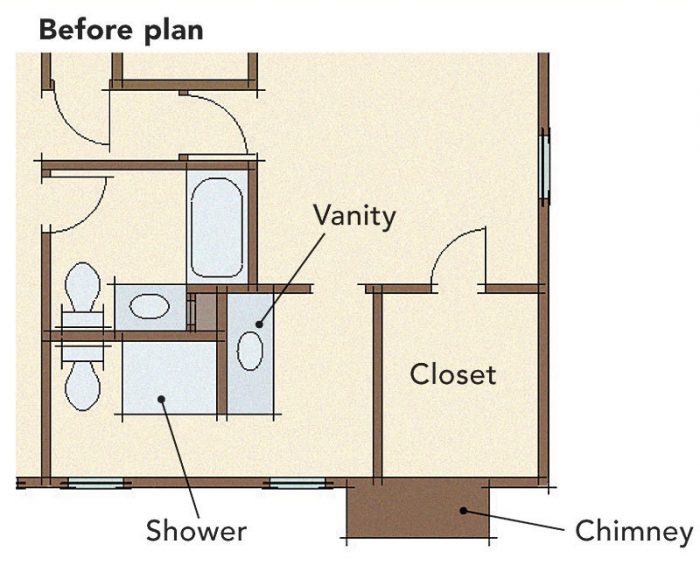 |
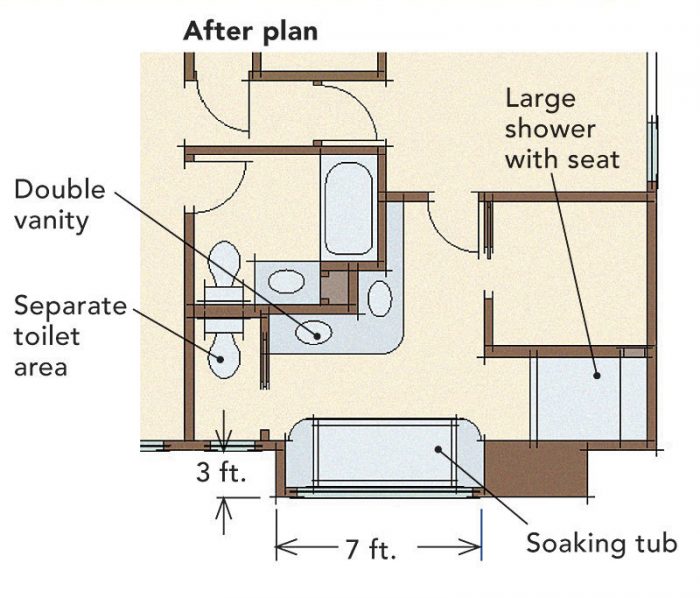 |
Kitchen Expansion
Exterior
A kitchen addition is often large enough that I want to blend it into the overall house. This means that I’ll spec the same materials and color palette, as well as the window style and roof pitch, used on the rest of the house.
I also like to take some trim lines, such as a water table or skirting, and carry them across the micro-addition. Finally, I align the window tops in the addition with those on the main house so that there’s a horizontal continuity between the new and the old.
Interior
Many of our clients dream of a kitchen with an island to make cooking and entertaining more pleasing. However, many kitchens, especially in houses more than 25 years old, simply don’t have the width to contain one. By adding a micro-addition, you can accommodate a functional island and the necessary circulation paths.
For example, we added a 5-ft. by 25-ft. addition to a 1970s neo-colonial. This created enough space for a kitchen with a 4-ft. by 10-ft. center island.
Because this micro-addition runs perpendicular to the house’s existing floor joists, it can be supported by cantilevered joists instead of a traditional concrete foundation. This expedites construction and saves considerable costs.
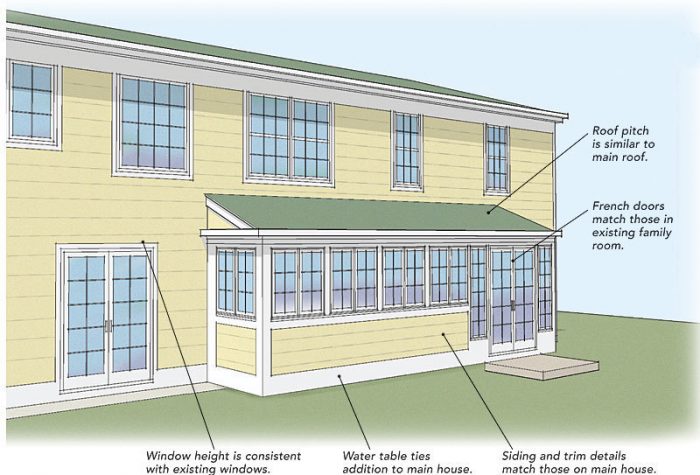
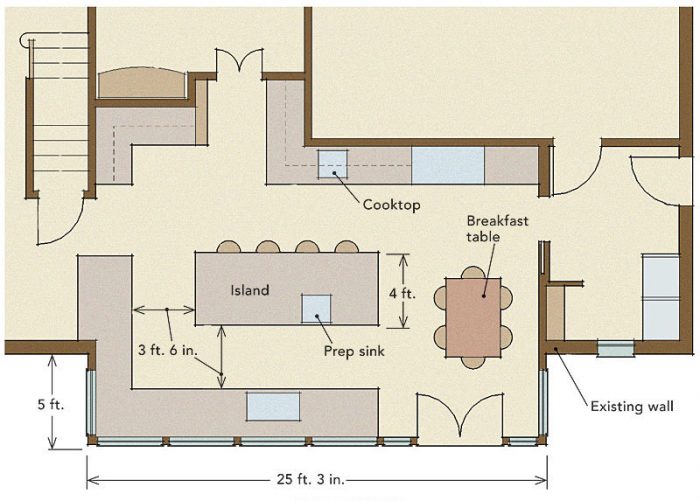
Drawings: Bud Dietrich












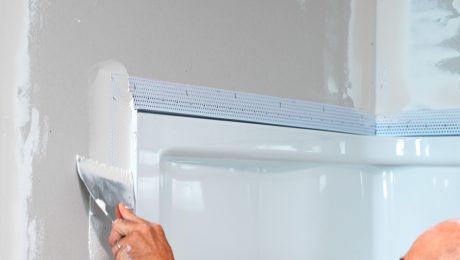


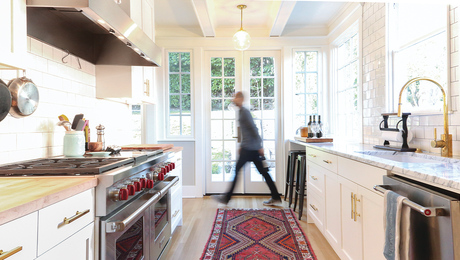










View Comments
Thanku for this great post
Good work. Keep it up!
Thanks for this article. It was informative and very helpful.